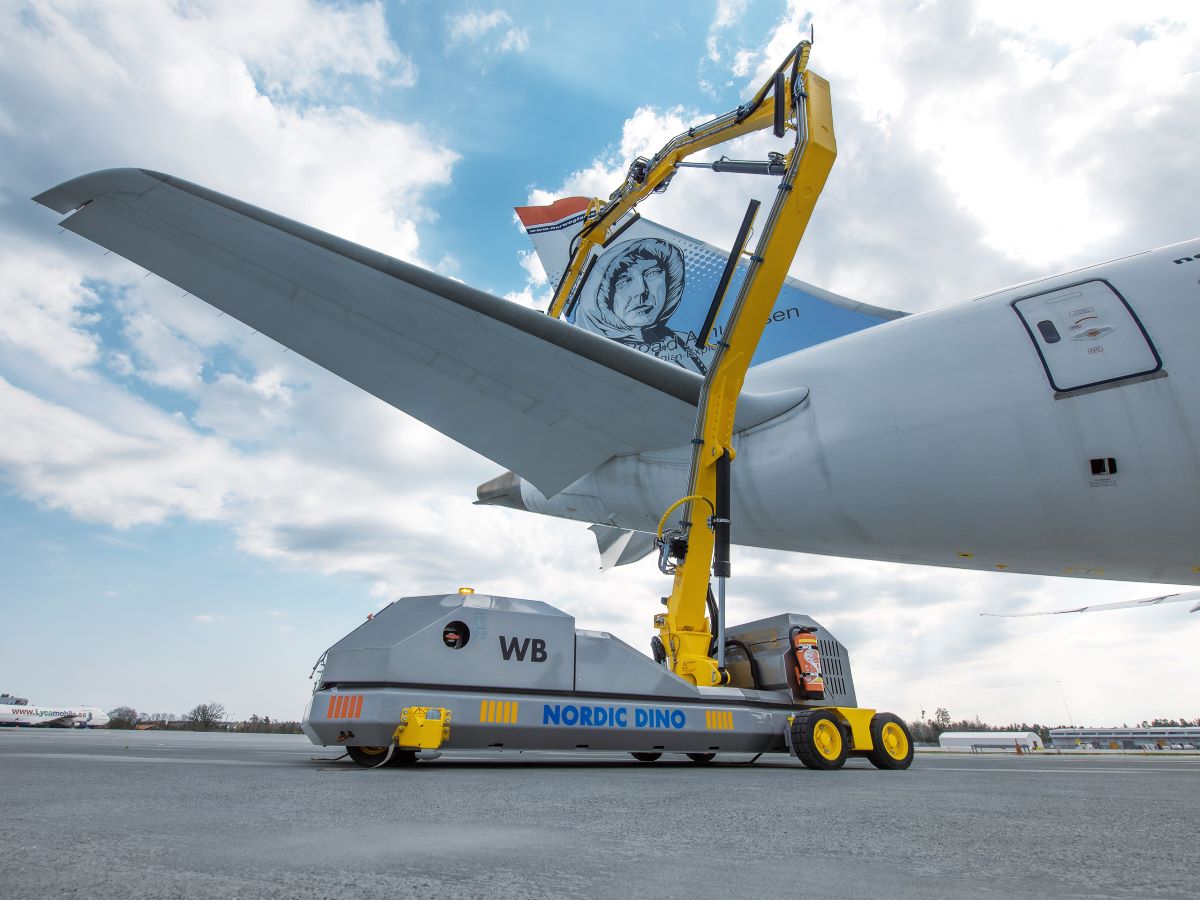Accidental human errors in aircraft exterior cleaning – one mistake can cause serious damage to aircraft
 Aviation maintenance requires extreme precision, attention to detail, and a human touch to ensure a safe operating aircraft. However, according to an IATA study, 26% of airplane accidents were started off by human error in maintenance-related overlooks. But automatizing processes like aircraft exterior cleaning, an important part of maintenance, repair, and overhaul (MRO) services, could aid in cutting down the number.
Aviation maintenance requires extreme precision, attention to detail, and a human touch to ensure a safe operating aircraft. However, according to an IATA study, 26% of airplane accidents were started off by human error in maintenance-related overlooks. But automatizing processes like aircraft exterior cleaning, an important part of maintenance, repair, and overhaul (MRO) services, could aid in cutting down the number.
Tasks like aircraft exterior cleaning have been relying on people to take care of the process. Human involvement inevitably comes with mistakes and the human error rate has been rising. IATA study shows that in 1903, in the early days of aviation, around 80% of accidents, related to maintenance, were caused by machines. Today, however, the number has flipped, representing the rate of human errors instead.
“With the ongoing digitization in the aviation industry the current technological advancements are truly helping to better optimize processes, and, most importantly, cut out human errors,” says Jan Brunstedt, CEO of Aviator Robotics AB and the creator of Nordic Dino aircraft exterior cleaning robot. “In aircraft exterior cleaning segment, human mistakes are both particularly frequent and severely damaging. Something as minute as an unsupervised wash of an aircraft could become the root cause of an accident. In some, more extreme cases, it could also cause lives of pilots and passengers.”
Despite this, a number of MRO service suppliers for airports and airlines are still sticking to traditional ways of cleaning exteriors. A crew of three to seven people takes around five hours to wash a widebody plane, not to mention the energy and water spent cleaning. According to Brunstedt, automizing this part of the process aids in reducing the rate of possible errors massively. However, semi-automatic exterior cleaning robots are still a rather niche part of the industry and just a handful know about such an option.
In order to ensure that no lapses happen during aircraft exterior washing, MRO service suppliers must look into up-to-date solutions and take action to minimize the possibilities of mistakes happening, Brunstedt notes.
“Working in such a high-risk industry like aviation, errors simply cannot be afforded. Current progress in technology offers solutions to eliminate mistakes, and services responsible for aircraft cleaning should take steps to further digitization of processes.”
With 80% of aircraft incidents attributed to an oversight during maintenance works, like exterior cleaning, human errors become a root cause of not only serious damage but also possible accidents. Yet, with the current digitization and automatization of the aviation industry, and the right solutions such high risks can be lowered and cut out completely.
